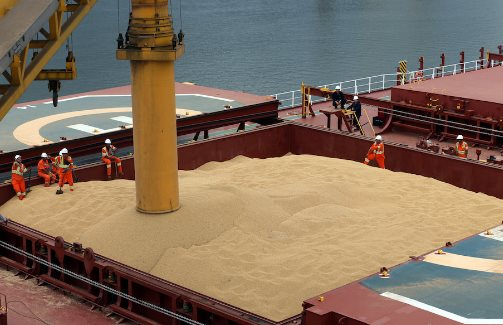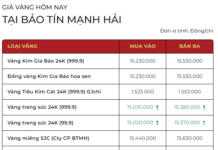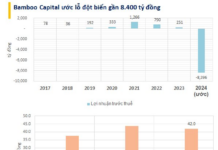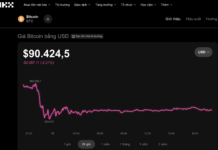**Corn, Soybeans, and Wheat Prices Surge Due to Global Supply Concerns**

Illustrative photo
Corn futures in the US have risen to their highest level since late January, and soybeans have reached a one-month peak, as flooding disrupts harvesting in Brazil, the world’s leading exporter of these commodities. Corn crops in Argentina, another global corn powerhouse, are also being plagued by disease.
Wheat futures have also climbed to a weekly high on concerns about dry weather in Russia, the world’s largest wheat supplier.
On the Chicago Board of Trade (CBOT), July corn futures were up by half a cent at $4.6 per bushel, the highest the contract has reached since January 26. Sales of US corn to domestic ethanol makers have picked up since May 3, brokers said.
Soybean futures for July delivery gained 16 cents by May 4, to $12.15 per bushel, and July wheat added 18 cents.
Corn and soybean prices have also been influenced by flooding in Brazil’s Rio Grande do Sul, where the harvest is in its final stages. The state is Brazil’s second-largest soybean producer and sixth-largest corn producer.
In Argentina, a corn blight spread by leafhoppers and adverse weather has prompted the Buenos Aires Grain Exchange to cut its estimate for Argentina’s 2023/24 corn crop by three million tons, to 46.5 million tons. Labor issues have also contributed to the increase in corn prices, as workers at grain ports have gone on strike.
For wheat, Russian agricultural consultancy IKAR has reduced its forecast for the country’s wheat crop to 91 million tons from 93 million tons, and its estimate for wheat exports to 50.5 million tons from 52 million tons.
Corn, soybeans, and wheat are major imports for Vietnam, which spends billions of US dollars on these agricultural products annually as they are essential ingredients in the production of animal feed, food, and confectionery. Since the beginning of this year, Vietnam has spent $421 million on wheat imports, $702 million on corn imports, and $296 million on soybean imports. According to Statista, Vietnam is among the top 30 corn-growing countries in the world, but it is also one of the largest corn importers in the world, behind China, Europe, Mexico, Japan, South Korea, and Egypt.
When it comes to soybeans, Vietnam is the third-largest importer of dry soybeans and the ninth-largest importer of soybeans overall. According to data from the General Department of Customs, Vietnam imported 1.86 million tons of soybeans in 2023, which is a 1.1% increase compared to 2022.
In the animal feed industry, the total demand for feed (corn, dry soybeans, bran, fishmeal, etc.) for Vietnam’s entire livestock industry is approximately 33 million tons per year. Vietnam currently has factories that produce soybean meal. However, domestic production only yields about 13 million tons per year, which is only 35% of the total demand. The rest must be imported.
Source: CNBC


































